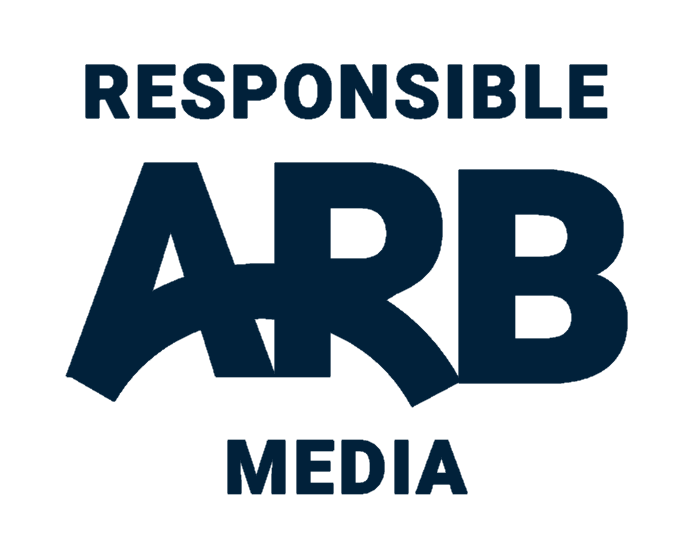National
New SA plug standard creeps in─── 09:32 Sat, 07 Apr 2018

Despite South Africa’s new plug and socket standard becoming mandatory for new installations this year, adoption has been slow.
This is according to the chairperson of the working group that looks after the standard, Gianfranco Campetti. He told MyBroadband that the appliance industry in particular has been slow to provide goods with the new plug.
An amendment to the wiring code introduced in 2016 dictates that each new plug point must have at least one socket that can accommodate a ZA plug.
This plug has the same hexagonal profile as the Europlug seen on cellphone chargers, but includes an earth pin. It is substantially more compact than South Africa’s three-prong plug standard, and has much thinner pins.
Despite the International Electrotechnical Commission’s efforts, commercial and political interests caused the standardisation initiative to fail in Europe – and Brazil and South Africa are the only countries to have adopted the 250V standard.
However, Brazil deviated from the standard by delivering either 127V or 220V mains using the same socket.
Japan and the US have plugs and sockets that are compatible with the IEC’s envisioned global standard for 125V sockets.
Talk of adopting the new standard began in South Africa in 1993.
Although it is now required to integrate sockets which comply with the ZA Plug standard in new buildings, the old standard remains legal.
The wiring code amendment also does not affect existing buildings, including homes.
It is therefore not currently necessary for South Africans to switch the electrical sockets in their homes.
MyBroadband













